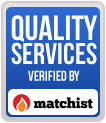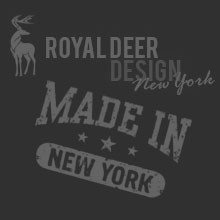
Are you considering a newsletter to communicate efficiently with clients? Don’t be fooled by its simplicity- only a carefully planned and organized newsletter will communicate effectively. The following are tips to consider when embarking upon newsletter creation.
Audience
Who is your reader? Always keep your intended, strategic audience in mind when writing. What is important to you may not be a priority to them. Consider what is relevant to your readers and be sure to target what is important to them.
Structure
Newsletters, by genre, are regular publications. Develop a structure for your publication including an editorial calendar, deadlines, and dates for regular publication. Be realistic about the amount of content you can produce consistently; you want to have a sustainable written product. Honor your deadlines; they provide a safety net for unexpected delays.
Format
Newsletters can vary from the most basic to quite elaborate. Starting with the basic form allows room for growth. A few lead stories, shorter news items, and an executive message will provide the content you need to begin. As your publication expands, you can include features, departments, columns, editorials, cartoons, in-house news, news tidbits, and regional round-ups.
Writers and writing
If you plan to hire writers to provide the content for your newsletter, be sure to discuss topic, length, treatment, and deadline before assigning an article. If at all possible, provide links to sample articles so the writer knows the voice and specific content you prefer. Communication with your writers is key to getting the written message you desire.
The more eyes that see articles before going to the press, the better. Ensure articles are written in active, rather than passive voice. Edit articles for precision, slang, length, and grammar.
Bylines and credit
By offering your writers credit for their own material, you give them an opportunity for exposure while gaining credibility for your publication. Consider a recognition box that lists all who contributed to the development of an issue. This is a simple and effective way to thank those who helped while also encouraging others to get involved.
Text first, graphics later
Relevant and well-written content deserves primary attention in your newsletter. While graphics can be nice and make the newsletter attractive, they can also take much needed space away from the written word.
Digital newsletters
Do you plan to email your newsletter? If so, remember: simple = effective in this medium. Plain text is best. Provide a summary of the newsletter (“in this issue”) at the top, and a space to subscribe or unsubscribe at the bottom. Provide links to archived issues on your website.
Story leads
Readers decide within seconds whether to continue reading or put your newsletter down. Make sure your lead items are strong stories with appeal to a broad audience.
Feedback
Find creative ways to gather feedback on your publication. Watch readers to see how people scan your newsletter. Invite a sampling of readers to discuss each issue. Conduct an informal readership survey. Find ways to quantify what’s happening in measureable bites. This way you can track what is happening and know when to grow as a publication.




